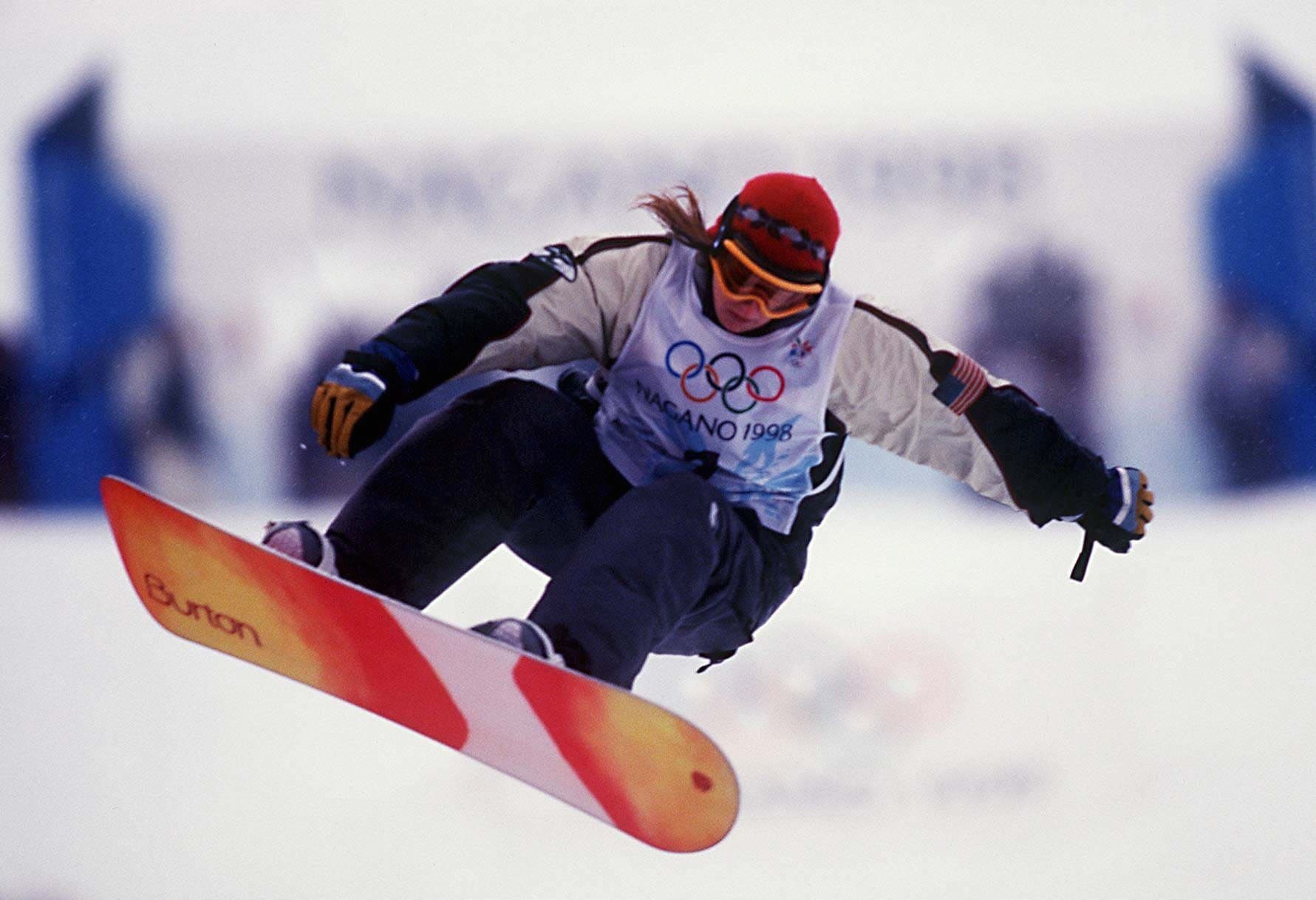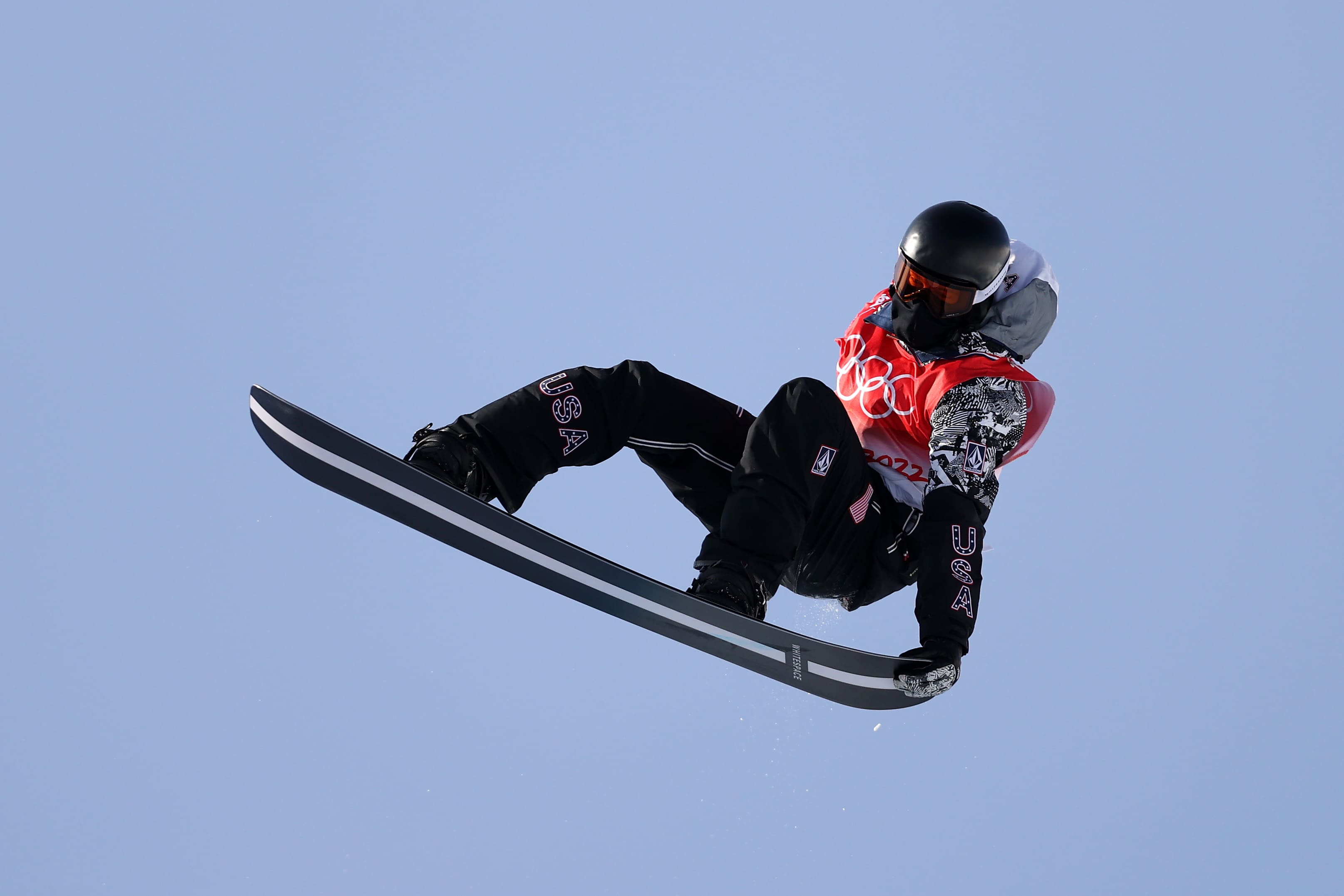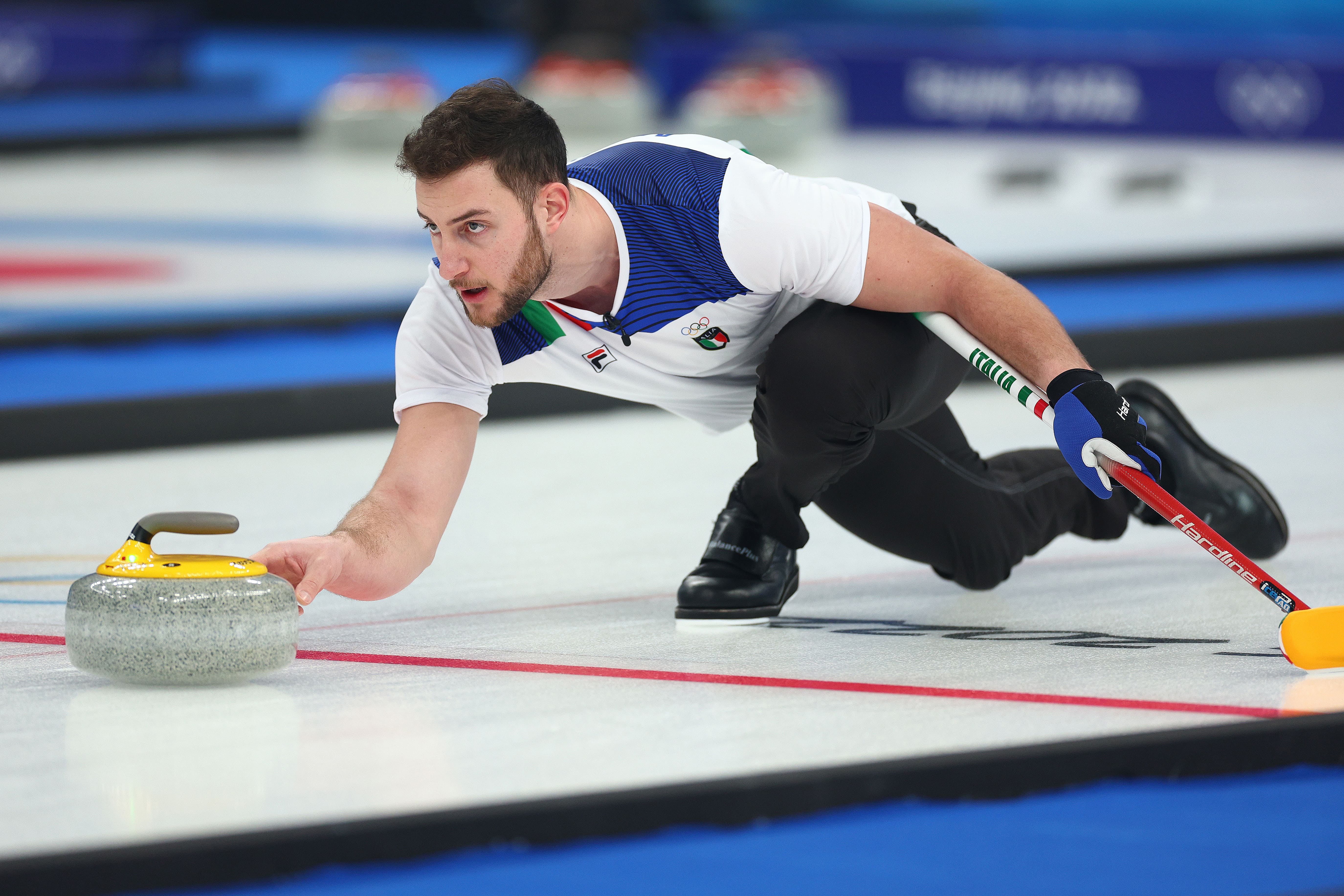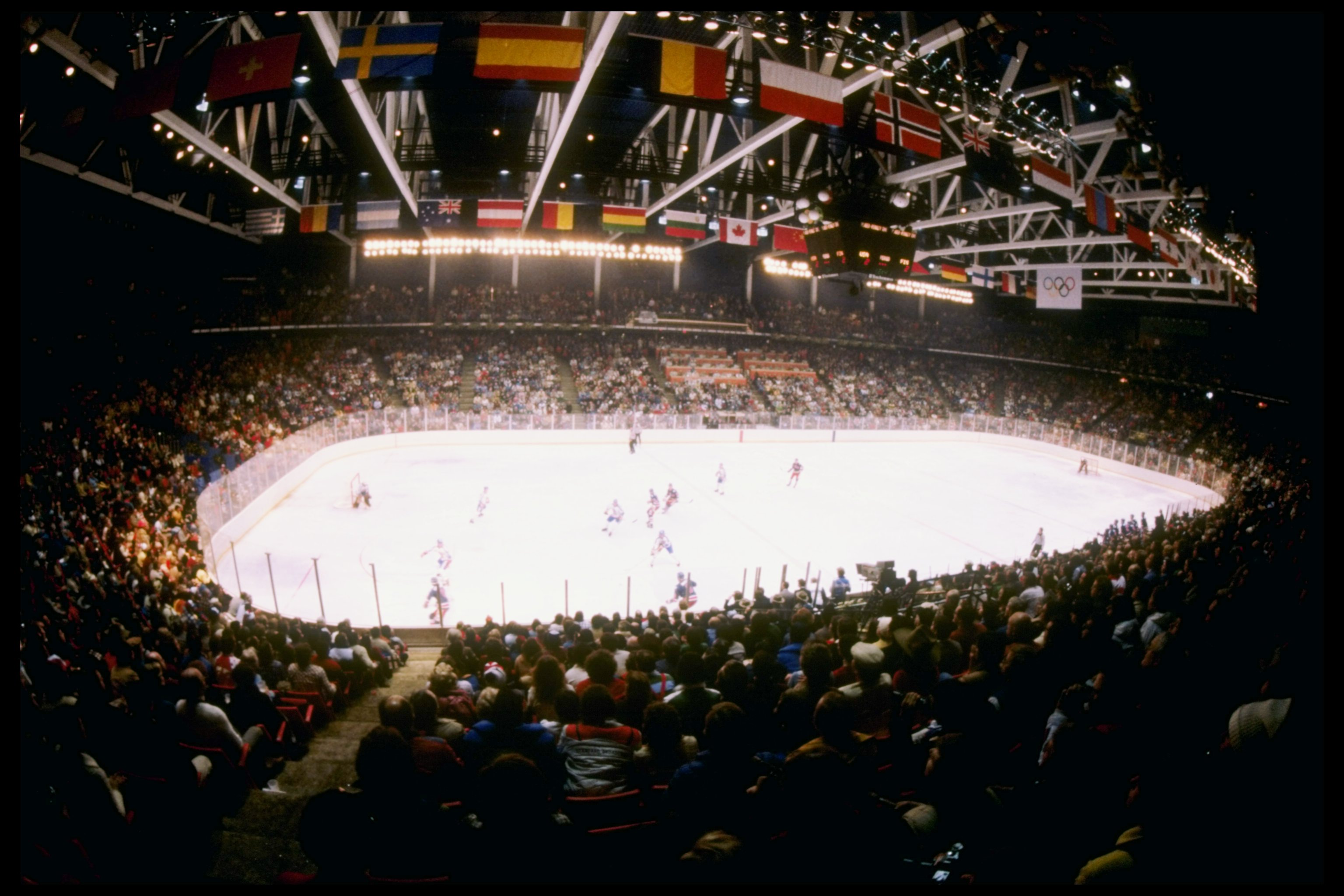Prepare to be amazed by the impressive skills, incredible leaps and close battles for medals which make up the action-packed snowboarding programme at Milano Cortina 2026.
Snowboarding is one of the 16 sports disciplines at the Olympic Winter Games, with no fewer than 11 events and 33 medals up for grabs.
Snowboarding has a fairly young history - it made its début in Nagano 1998, and only saw the introduction of its first mixed gender event (the mixed team snowboard cross) in Beijing 2022.
But how did this discipline, beloved by riders all over the world, come about?
The Origins of Snowboarding
The history of snowboarding is an interesting one, mainly originating in the United States of America and led by a few pivotal figures in the 1960s. Advances in equipment and the desire to experiment led to the development of new ways to do sports on the snow.
In the 1970s, the production of snowboards increased and the discipline began to gain in popularity, with surfers and skateboarders attracted to the boards whizzing down the slopes of the US mountain resorts.
In 1982, the United States held its first national championships, while it hosted its first World Championships in 1983. The International Snowboarding Federation (ISF) was set up seven years later and the International Ski Federation (FIS) introduced snowboarding as an FIS discipline in 1994. In 2022, after 98 years, the FIS officially changed its name to become the International Ski and Snowboard Federation (while retaining the same acronym, FIS): a way of emphasising the importance of snowboarding worldwide.
Nagano 1998: the First Time at the Games
Snowboarding made its début in the Olympic programme at Nagano 1998. In that edition, the giant slalom and the halfpipe events were hosted. The first ever medal at the Olympic Games for Italian snowboarding came in Japan with Thomas Prugger, who won a silver in the giant slalom.
The specialities proved an immediate success and returned to the Salt Lake City programme four years later, together with the parallel giant slalom. Snowboard cross made its début in Torino 2006, while slopestyle was introduced in Sochi 2014 and big air in Pyeongchang 2018. The last event added, as mentioned above, was the mixed team snowboard cross in Beijing 2022.

NAGANO 1998 Halfpipe women 12.02.98, Shannon DUNN (USA) (Photo by Alexander Hassenstein/Bongarts/Getty Images)
From the Pioneers to Beijing 2022
The first gold medal winners in Olympic history were Germany's Nicola Thost and Switzerland's Gian Simmen in the halfpipe while, in the giant slalom, it was France's Karine Ruby and Norway's Daniel Franck who stood on the top step of the podium.
Over the years, thanks also to the introduction of new disciplines at the Olympics, some of the sport's most legendary athletes have written unforgettable pages of Olympic history, as in the case of the American Shaun White.
The 38-year-old halfpipe king was the most accomplished snowboarder in the history of the sport and holds the record for the most Olympic gold medals ever won by one person. He made his début at only 19 years of age in Torino 2006, where he won three Olympic gold medals: he won the halfpipe title in Torino 2006 and Vancouver 2010. In Sochi 2014, White failed to win a medal for the first time, only to return to the top step of the podium in PyeongChang 2018.
In addition to the gold medals, White is the only athlete to have achieved two perfect scores of "100" during the competition.
Leading the show at Beijing 2022, in the much-anticipated halfpipe, were the US athlete Chloe Kim for women and the Japanese Hirano Ayumu for men - who pulled off the first-ever Olympic triple cork.
In the slopestyle and big air events, Max Parrot and Zoi Sadowski-Synnott (slopestyle), together with Anna Gasser and Su Yiming (big air) were the major stars, while snowboard cross brought joy to the more experienced athletes. Lindsey Jacobellis (USA) won her first gold medal at the age of 36 and in her fifth Olympic appearance, before adding another triumph in the mixed event with fellow US veteran Nick Baumgartner (40 years old and in his fourth Olympic appearance).
The parallel giant slalom was very evenly balanced, with Austria's Benjamin Karl winning the men's competition and Czech Ester Ledecká, a two-sport specialist who also competed in alpine skiing, winning the women's event.
To sum up: there was no shortage of excitement at the last Winter Olympics, and we bet there will be plenty of surprises in Milano Cortina 2026.
You wouldn't want to miss this one-of-a-kind show, would you? Click on the ticketing button on our website and enter the draw to secure the best tickets.














































































